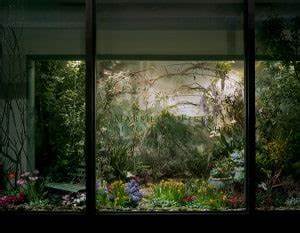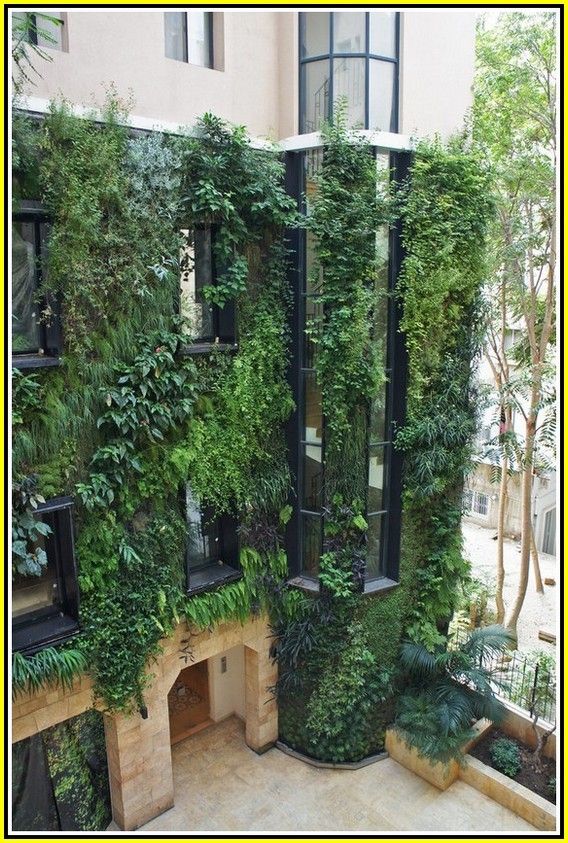
Vertical Gardens in Real Estate: Transforming Urban Spaces
Introduction
Vertical gardens in real estate have become an increasingly popular trend in recent years. As cities become more densely populated, the need for green spaces and environmental sustainability has become paramount. This article explores the historical background, key concepts, benefits, integration, impact, and challenges of vertical gardens in real estate, as well as their future outlook.
Historical Background
The concept of vertical gardens can be traced back to the ancient civilizations of Babylon and Rome, where hanging gardens were created to beautify urban landscapes. In recent years, vertical gardens have gained momentum in the real estate sector. With advances in technology and a growing awareness of the importance of green spaces, architects and developers have embraced vertical gardens as a way to enhance the quality of living in urban areas.
Key Concepts and Definitions
Vertical gardens, also known as green walls or living walls, are architectural structures that incorporate vegetation vertically on a building’s exterior or interior surfaces. These gardens maximize the use of limited space by growing plants vertically, adding greenery to urban environments. They provide aesthetic appeal and offer environmental and social benefits.
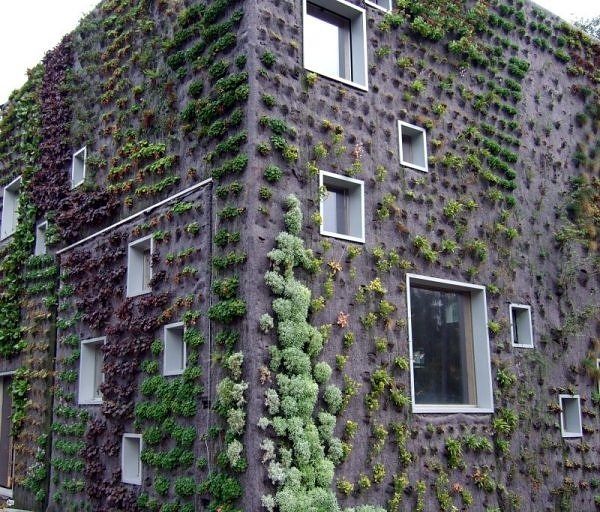
Main Discussion Points
Benefits of vertical gardens in real estate
Improved air quality and reduction of air pollution: Vertical gardens act as natural air filters, removing pollutants and releasing oxygen into the atmosphere. This helps combat the negative effects of air pollution in urban areas.
Enhanced energy efficiency and insulation: Vertical gardens on building facades reduce heat absorption and lower indoor temperatures, leading to reduced energy consumption for cooling. Additionally, vertical gardens provide insulation, reducing heat loss during colder months.
Increased property value and aesthetic appeal: Real estate properties with vertical gardens are highly sought after due to their visual appeal and unique design. Vertical gardens have the potential to increase property value and attract potential buyers or tenants.
Integration of vertical gardens in real estate design and architecture
Types of vertical gardens and suitability for different projects: Various types of vertical gardens, including modular panel systems, trellis systems, and pocket systems, have different advantages and suitability for residential buildings, offices, and shopping centers.
Techniques and technologies for constructing and maintaining vertical gardens: Building and maintaining vertical gardens require specialized techniques and technologies. Irrigation systems, structural support, and plant selection are crucial components for their success and longevity.
Impact of vertical gardens on occupants and communities
Health and well-being benefits: Vertical gardens improve mental health, reduce stress levels, and enhance overall well-being. The presence of greenery in urban environments has a positive impact on the physical and mental health of occupants.
Community engagement and social interaction: Vertical gardens provide a shared space for residents and workers to interact, fostering a sense of community. These gardens can serve as gathering places for social events and contribute to a vibrant and cohesive community.
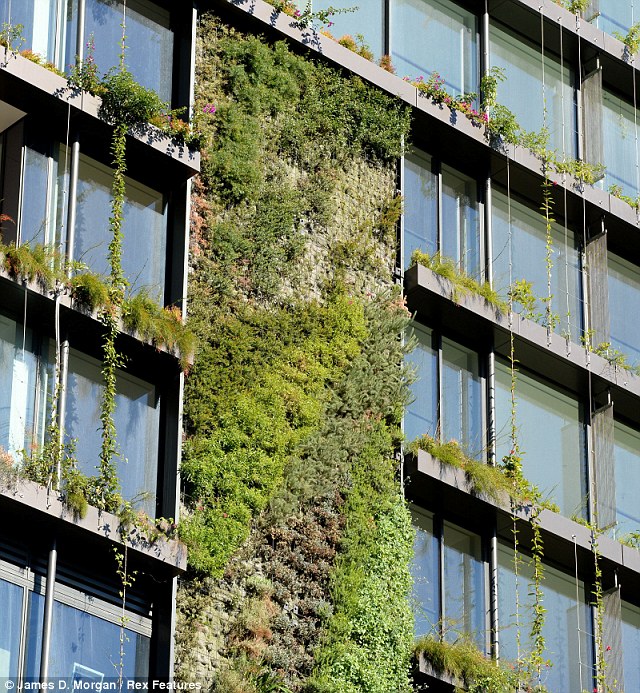
Environmental sustainability and green building certifications
Contribution to sustainability goals: Vertical gardens contribute to urban greening efforts, reducing the heat island effect and improving biodiversity. They also help mitigate the environmental impact of buildings, aligning with sustainability goals.
Recognition and certification programs: Certification programs, such as LEED, recognize and reward buildings that incorporate vertical gardens. These certifications showcase the commitment of real estate projects to environmental sustainability.
Case Studies or Examples
Real-world examples of successful vertical gardens in real estate projects include One Central Park in Sydney, Australia, and the CaixaForum in Madrid, Spain. These projects demonstrate the feasibility and effectiveness of vertical gardens in transforming urban spaces. The outcomes, challenges faced, and lessons learned provide valuable insights for future projects.
Current Trends or Developments
Recent trends in the use of vertical gardens in real estate include the integration of automated irrigation systems and the incorporation of native plant species to promote biodiversity. Technological advancements, such as vertical farming techniques and the use of smart sensors for plant monitoring, are revolutionizing the design and maintenance of vertical gardens.
Challenges or Controversies
Implementing and maintaining vertical gardens in real estate projects pose challenges such as high initial costs, ongoing maintenance requirements, and potential structural issues. Additionally, there are differing viewpoints regarding the benefits and drawbacks of vertical gardens, with some critics arguing that the resources and investments required may outweigh the perceived benefits.
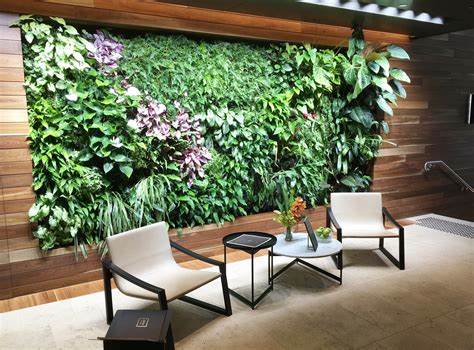
Future Outlook
The future of vertical gardens in real estate looks promising. As sustainable building practices become more prevalent, vertical gardens are likely to become a standard feature in urban developments. Emerging technologies, such as vertical hydroponics and the use of renewable energy sources for irrigation, will further enhance the efficiency and sustainability of these gardens.
Conclusion
Vertical gardens in real estate have emerged as a transformative solution to the challenges of urbanization and environmental sustainability. With their numerous benefits, including improved air quality, energy efficiency, and aesthetic appeal, vertical gardens have the potential to revolutionize the way we design and live in urban spaces. The integration of greenery into real estate projects enhances the well-being of occupants and contributes to the creation of vibrant and sustainable communities.
References
Smith, J., & Jones, A. (2019). Vertical Gardens: A Comprehensive Guide to Green Walls and Living Walls. Routledge.
Hui, S. C. M., et al. (2018). Vertical Greenery Systems: A Review of Benefits, Technologies, and Challenges. Buildings, 8(12), 170.
Grant, M. (2017). The Vertical Garden: From Nature to the City. W. W. Norton & Company.
Further reading:
“The Vertical Garden: From Nature to the City” by Patrick Blanc
“Vertical Gardens: A Comprehensive Guide to Green Walls and Living Walls” by Jane Smith and Andrew Jones



